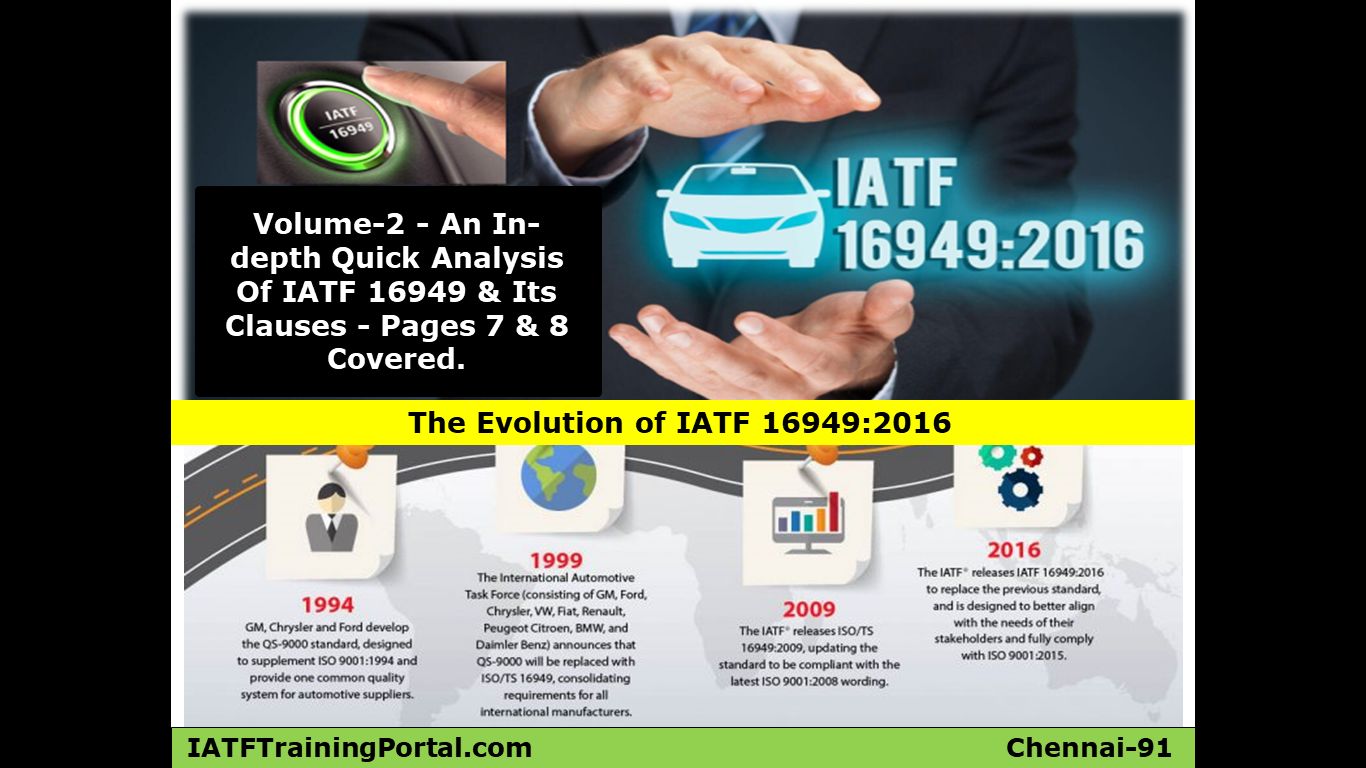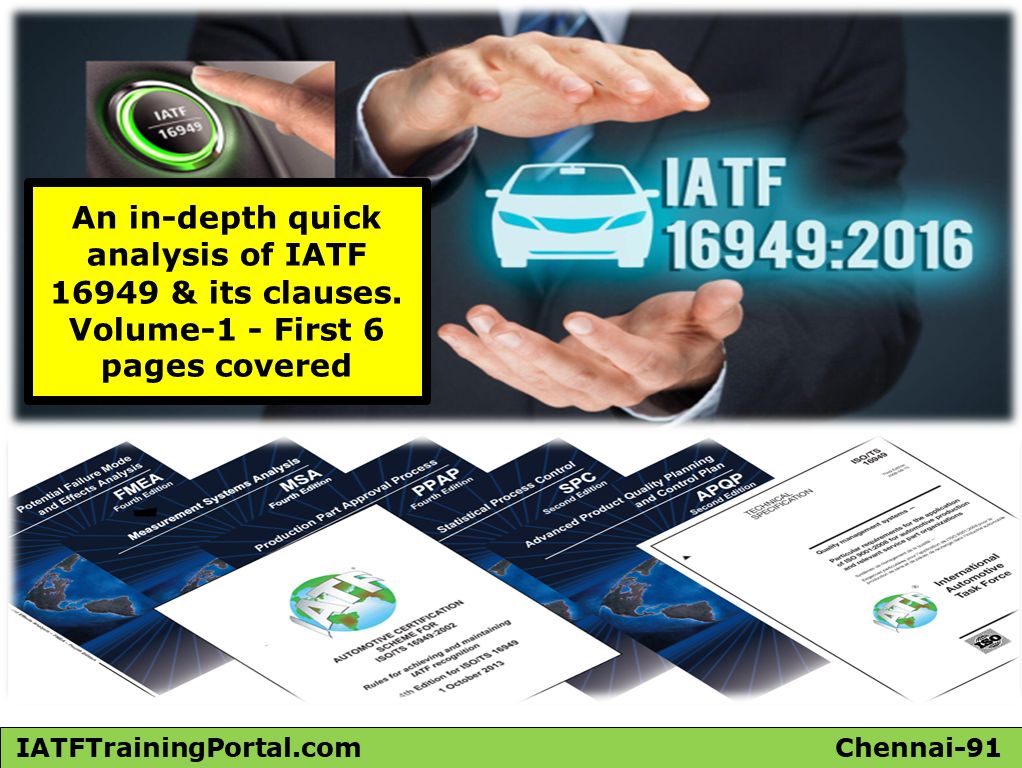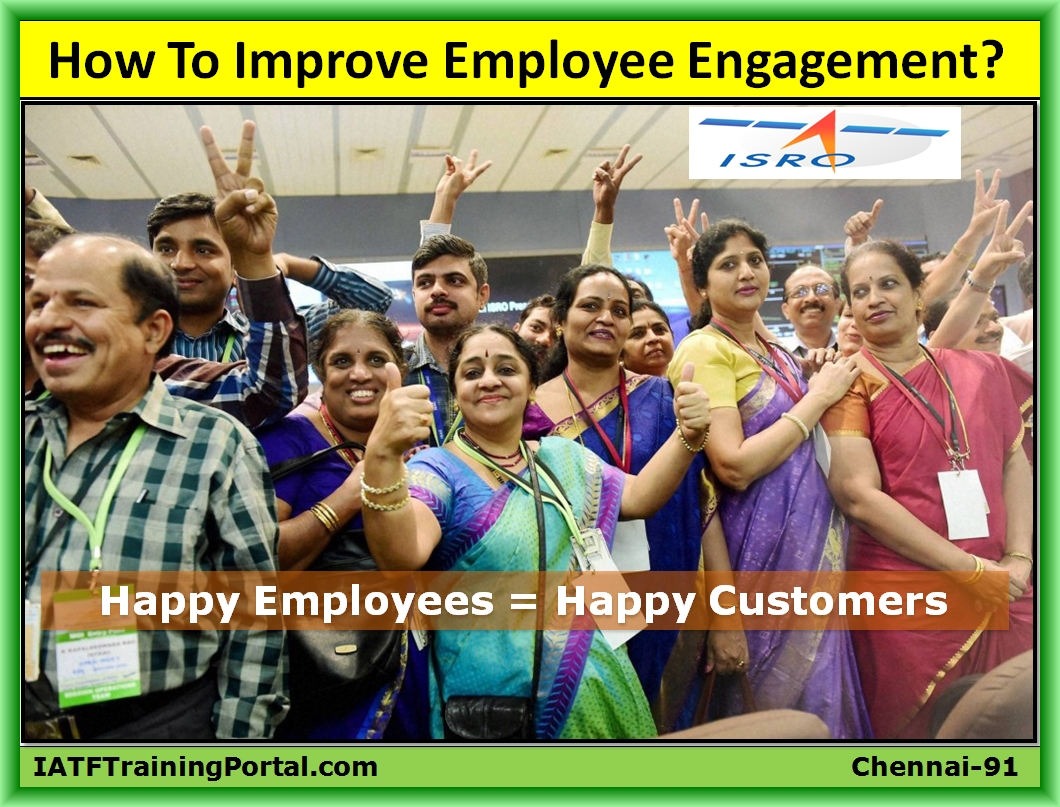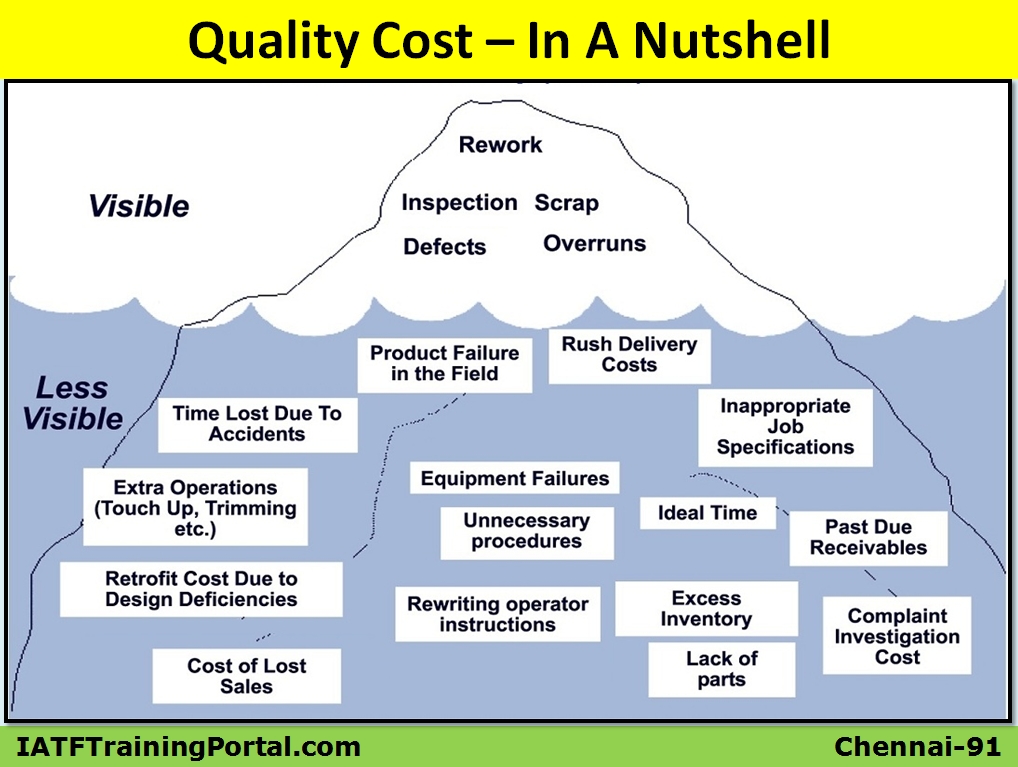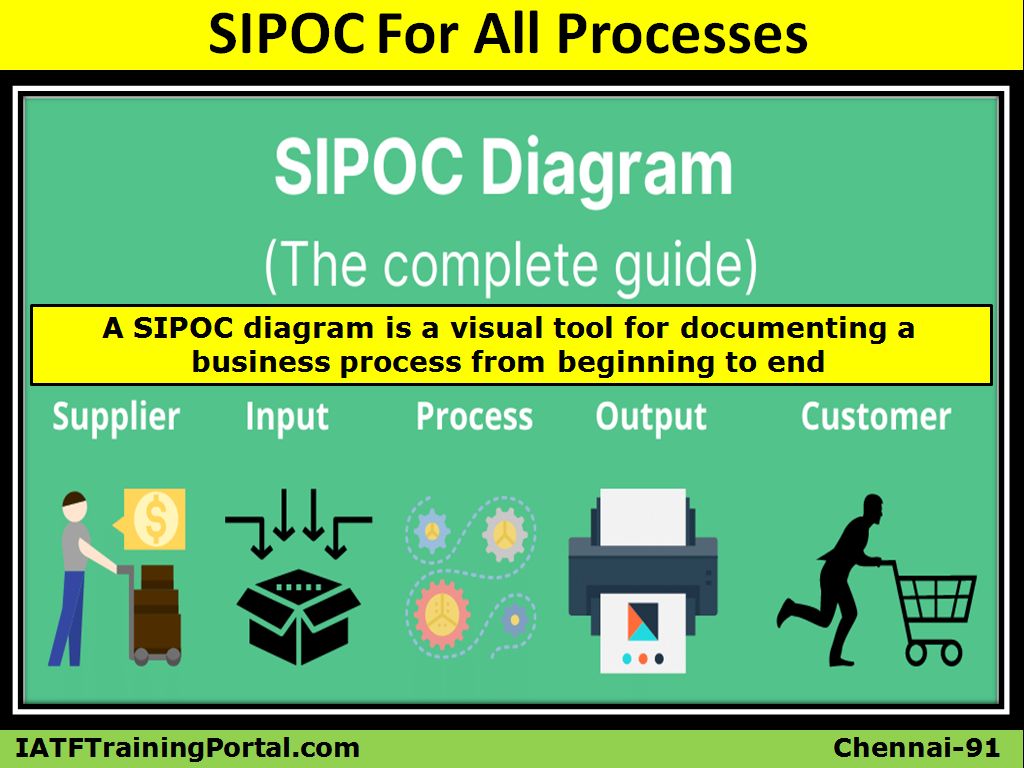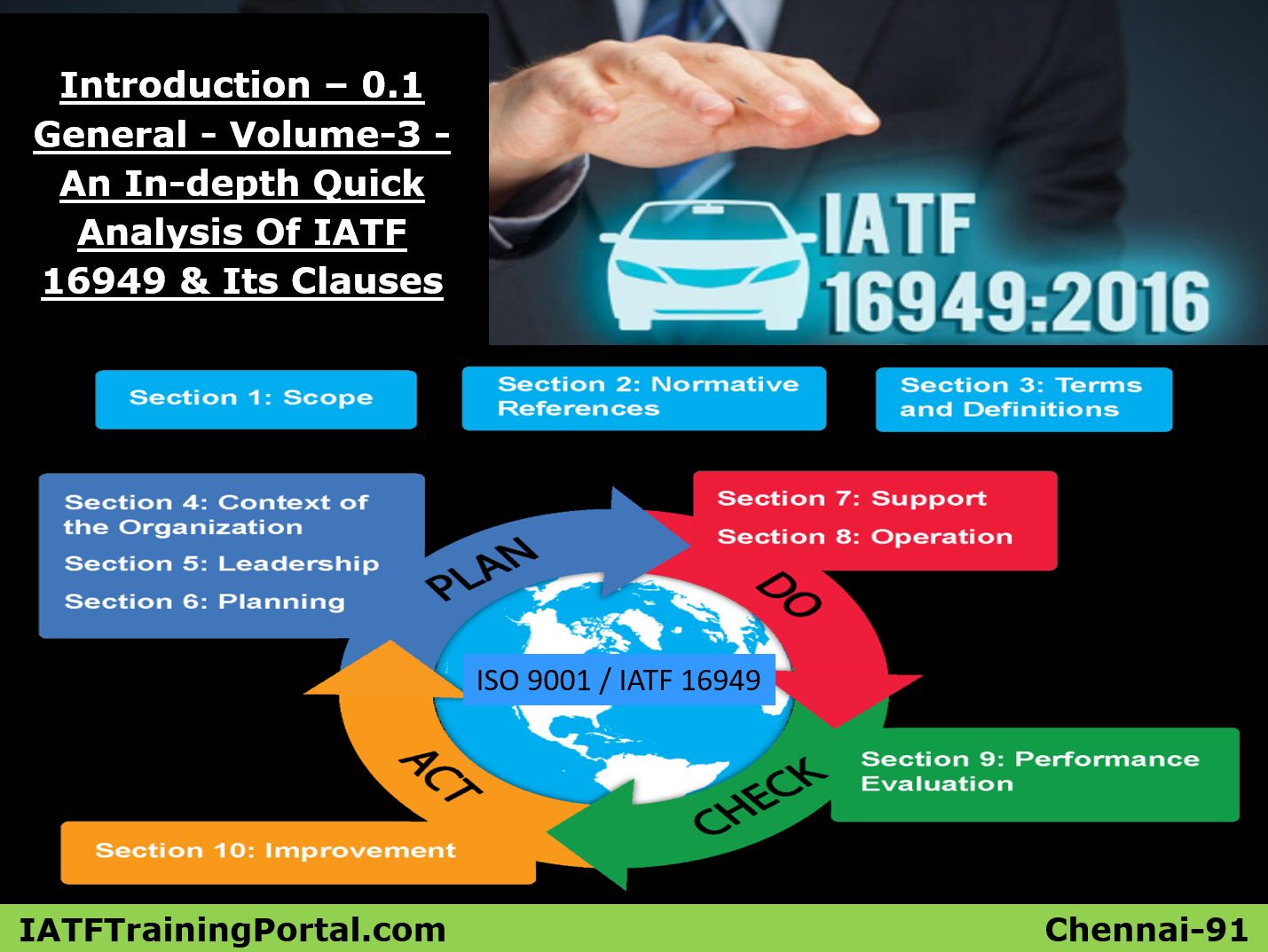
Introduction – 0.1 General
In this section it is clearly clarified that opting for ISO 9001 or IATF 16949 is the strategic decision of a company which will help to improve performance & sustainability (longevity). Some benefits of ISO 9001 or IATF 16949 are listed as mentioned below,
1) Consistent product & services meeting customer, statutory & regulatory requirements (meeting customer requirements helps for performance (effectiveness or quality) & meeting statutory & regulatory helps sustainability)
2) Improves customer satisfaction
3) Risk analysis in advance helps risk mitigation or prevention
4) Able to show requirements mentioned in this standards (or QMS) in general are practically followed (when audited by internal auditors (1st party), customers (2nd party) & certification bodies (3rd party))
It is also clarified that this international standard (ISO 9001 or IATF 16949) can be used by internal (company) & external (2nd party customers & 3rd party certification bodies).
Companies are encouraged to design or customize their own quality management system (QMS) as the intention of this standard is,
1) Not to bring uniform structure of qms with all companies
2) No need to align companies document structure to this standard
3) No need to use the same terminology as used in this standard
Requirements specified in this standard are complementary (combining in such a way as to enhance or emphasize the qualities of each other) to the products or services of the company.
This standard employs process approach, including PDCA cycle & risk based thinking within process approach & the advantage are as follows,
1) Process approach enables to plan & execute its processes (set of interrelated activities) & their interactions.
2) PDCA enables resources (7m Men, Machine, Material, Method, Measurement, Mothernature & Money) are well managed & continually improved.
3) Risk based thinking enables mitigating or preventing risks that will affect process approach & PDCA cycle.
Just meeting requirements & addressing future need is an outdated approach as the competitions are increasingly dynamic & business environment is becoming complex. Hence in addition to correction & continual improvement, companies must constantly do breakthrough change, innovation & re-organization.
Following verbal forms used in this standard denote,
1)”Shall” indicates requirement
2)”Should” indicates recommendation
3)”May” indicates permission
4)”Can” indicates a possibility or capability
5)”Note” is for guidance or clarification
Keep following our website for more volumes on this topic “An in-depth quick analysis of IATF 16949 & its clauses”.
Thanks for spending your valuable time here. Keep in touch, keep following & keep supporting us.
Thanks &
Regards,
Devarajan
NR,
Chairman
– JBEGlobal.com Job Portal
& IATFTrainingPortal.com (Since 2013) Past – Delphi TVS | Rane |
Brakes India | Iris Mfg. (Shriram Group) | Hinduja Foundries | IRS (IRQS) |
9362439124 | devarajan.jupiter@gmail.com


